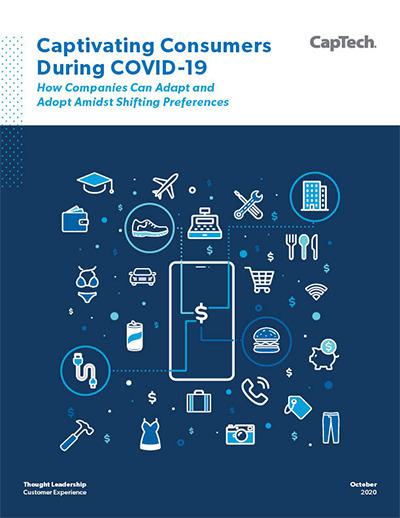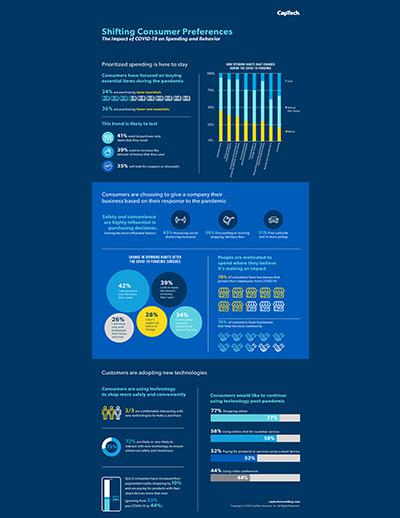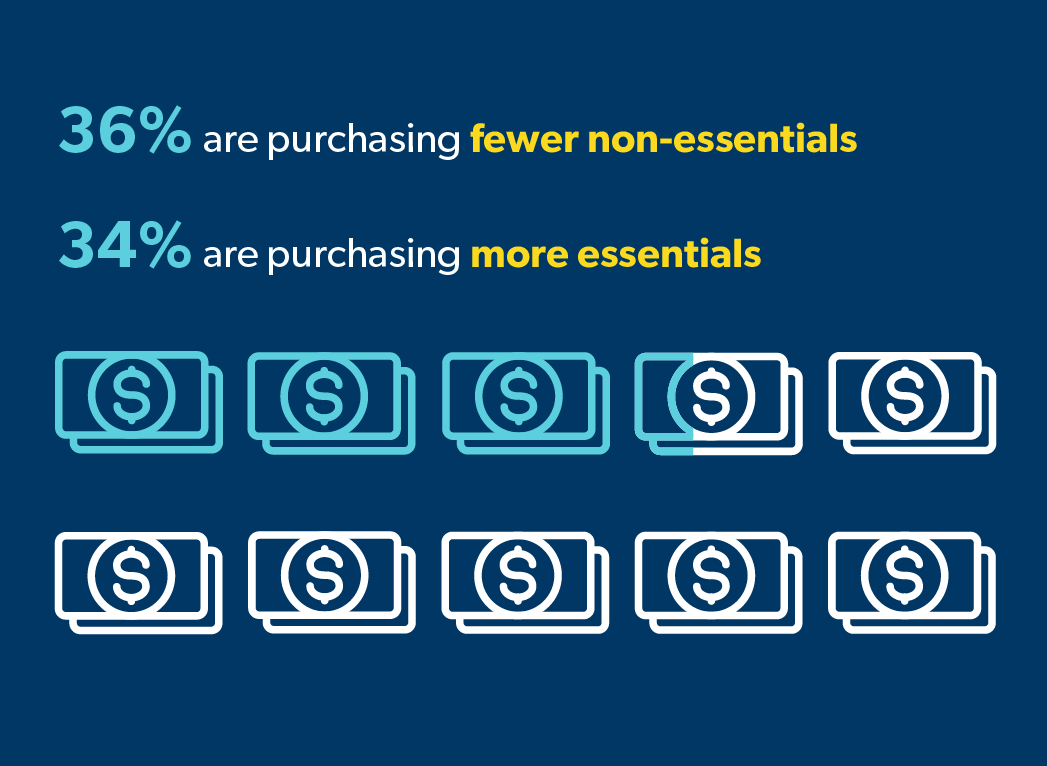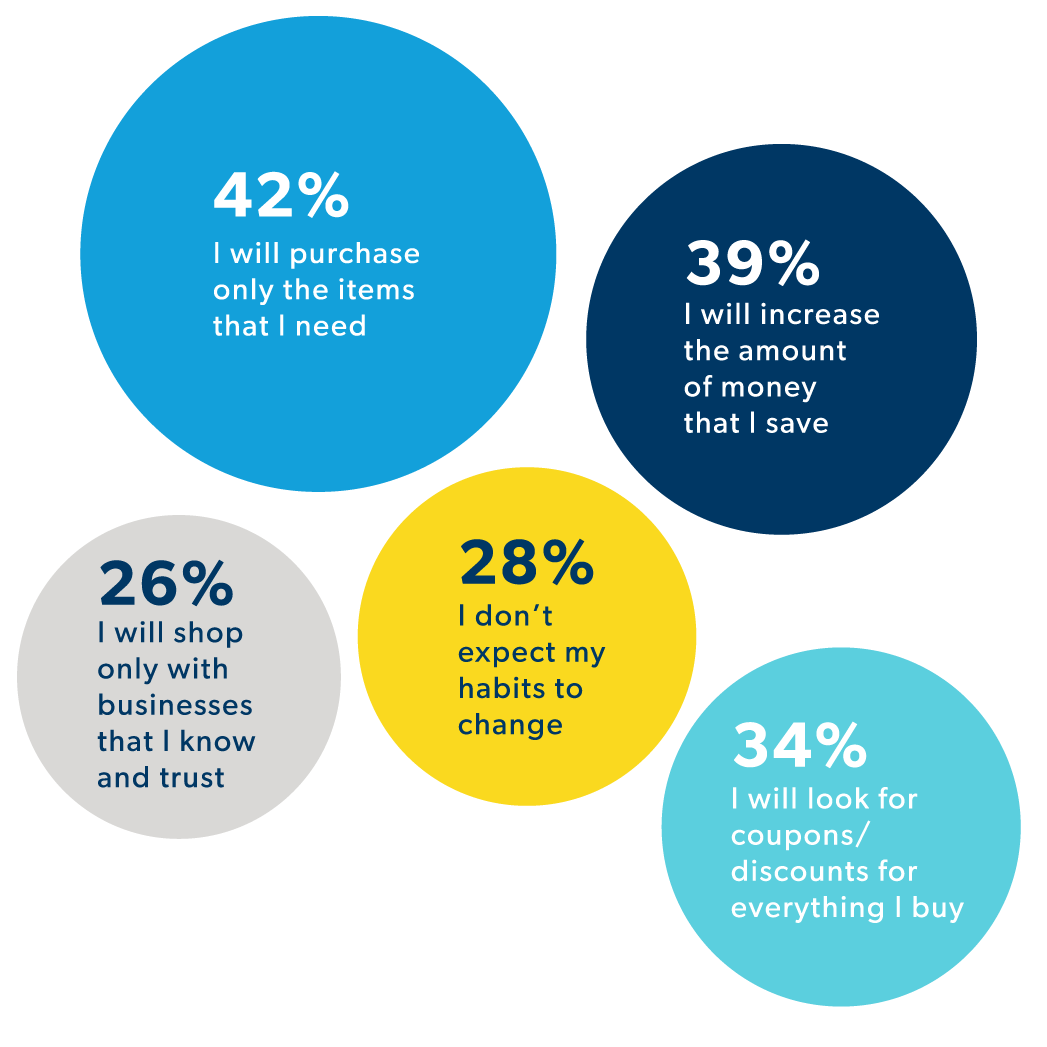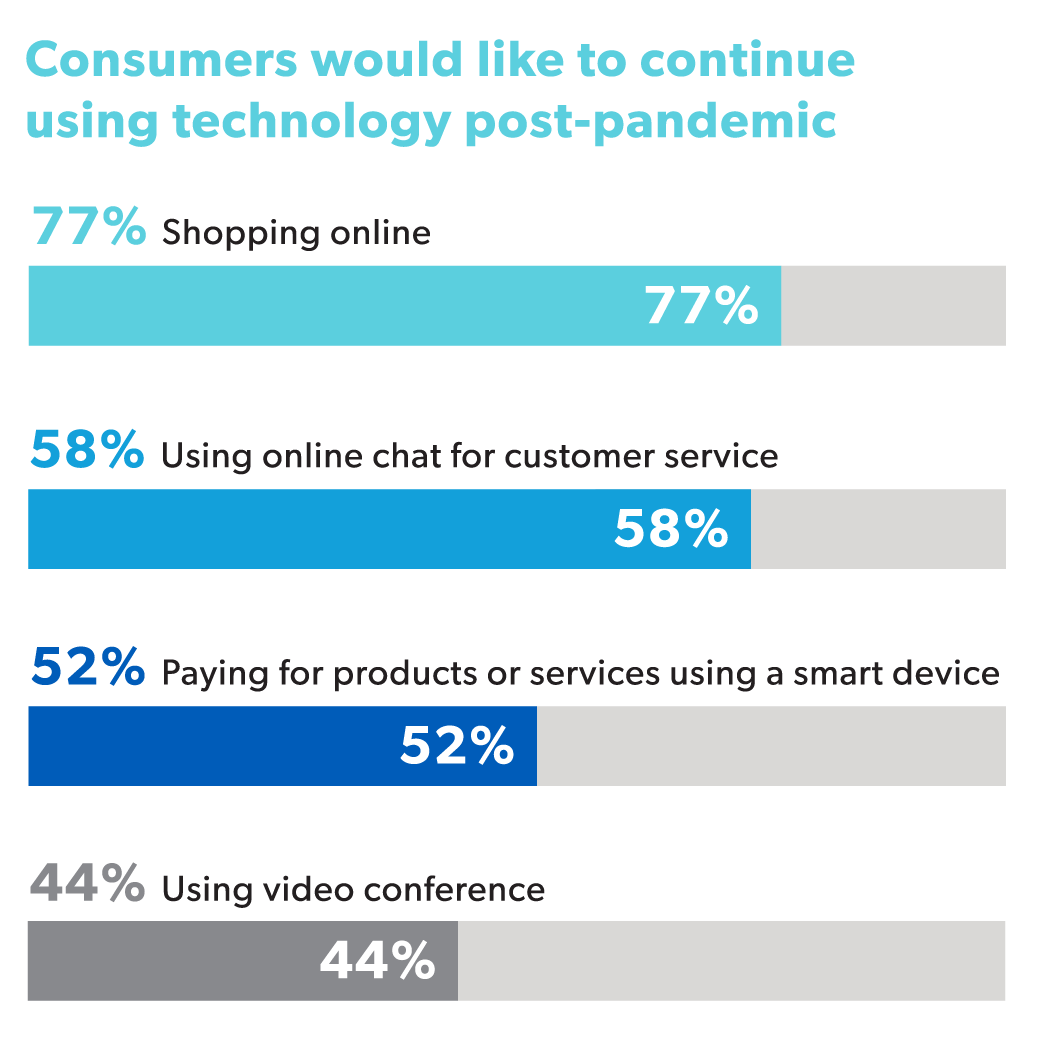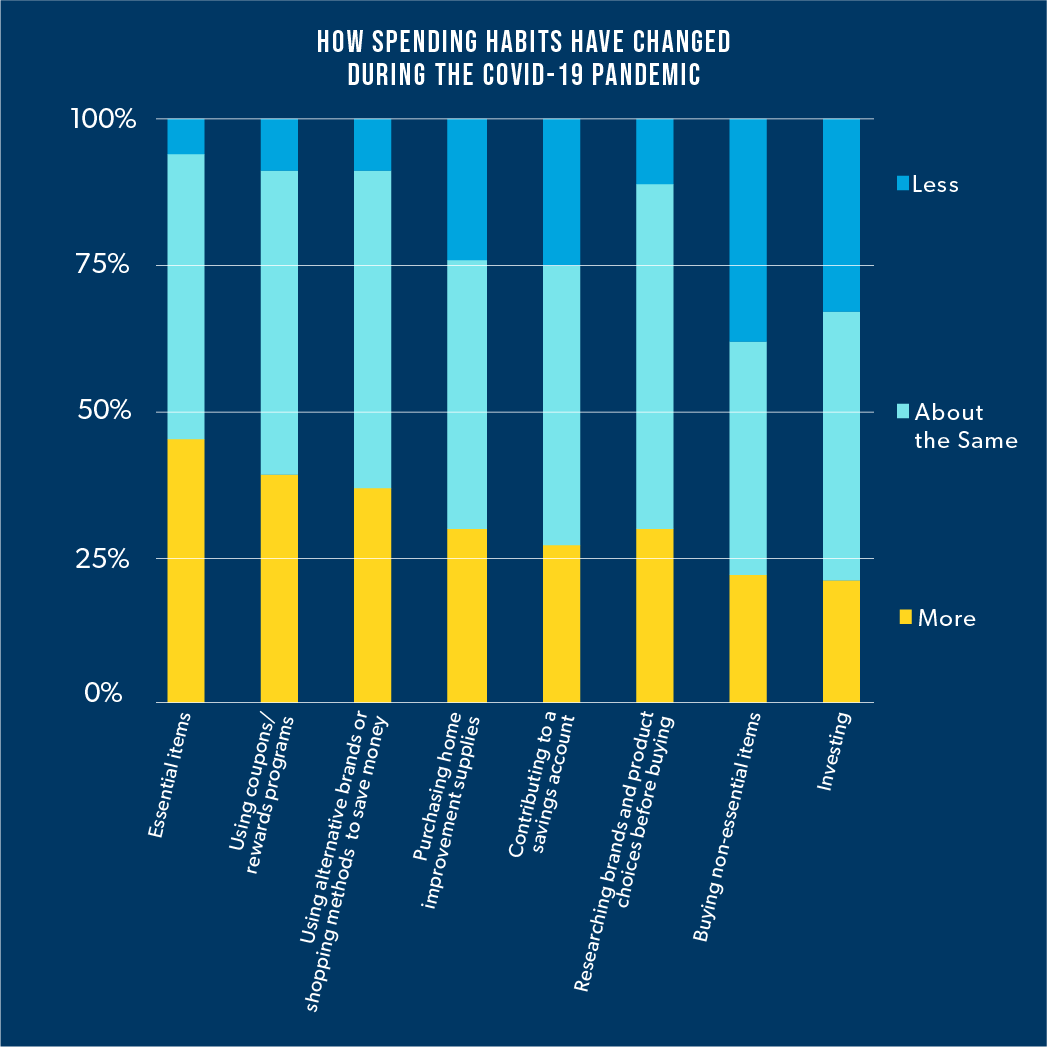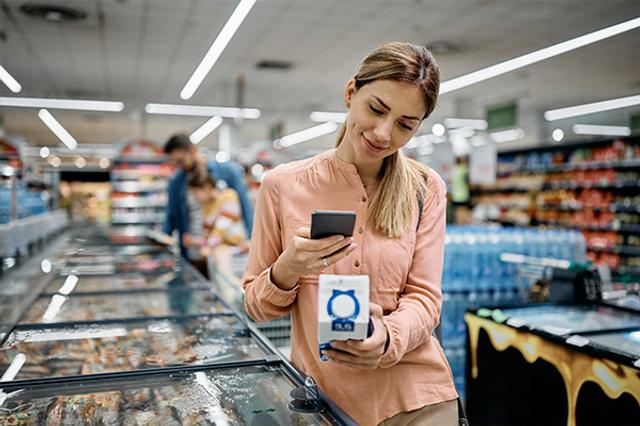Articles October 14, 2020
Captivating Consumers During COVID-19


The Resources
The Consumer Shift: Prioritized Spending is Here to Stay
The Opportunity: Factor Cost Savings Into The Customer Experience
The Consumer Shift: Right Now, Safety is Top of Mind

The Opportunity: Offer Convenient, Frictionless Options to Purchase
The Consumer Shift: Customers Are Adopting New Technologies
The Opportunity: Weave Technology-Based Solutions into The Customer Experience
Companies Must Adapt and Adopt, Too
Sources

Bree Basham
Principal, Go-to-Market & Growth Strategy
As Principal of CapTech’s Go-to-Market & Growth Strategy, Bree Basham leads our efforts to shape how we bring services, solutions, and stories to market—accelerating growth and deepening client impact. Drawing on a career that spans strategy, customer experience, and marketing, Bree brings a rare blend of creative vision and strategic discipline to CapTech’s growth initiatives.

Vinnie Schoenfelder
Principal, Strategic Innovation
Vinnie is a Principal at CapTech and plays a large role in helping define services,
forge partnerships, and lead innovation for our clients. As a thought leader, he
regularly helps clients solve their most complex business challenges.

